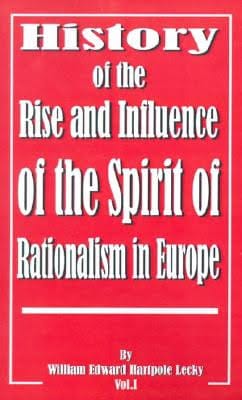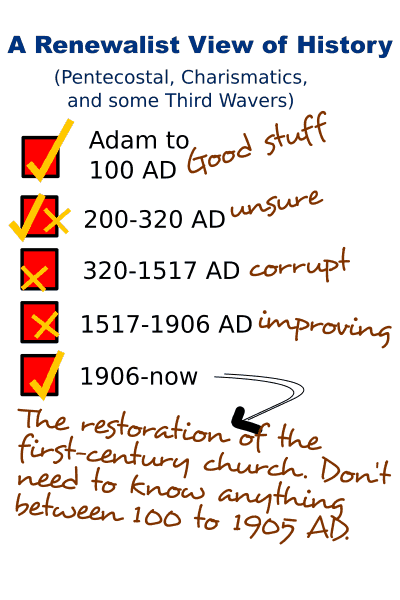
Seven pillars that any researcher on the Charismatic Movement must take into consideration.
The accelerated growth of the Charismatic movement throughout the world along with its political impact has brought them under more scrutiny within the general public.
Renewalists, that is Charismatics, Pentecostals, and Third Wavers (traditional churches influenced by Pentecostal mysticism) are now the most common expression found in most churches. Renewalism is the fastest growing segment of Christianity in the world. The focus on this article is specifically on the Charismatic movement whose growth is exploding faster than the contemporary Pentecostal one.






